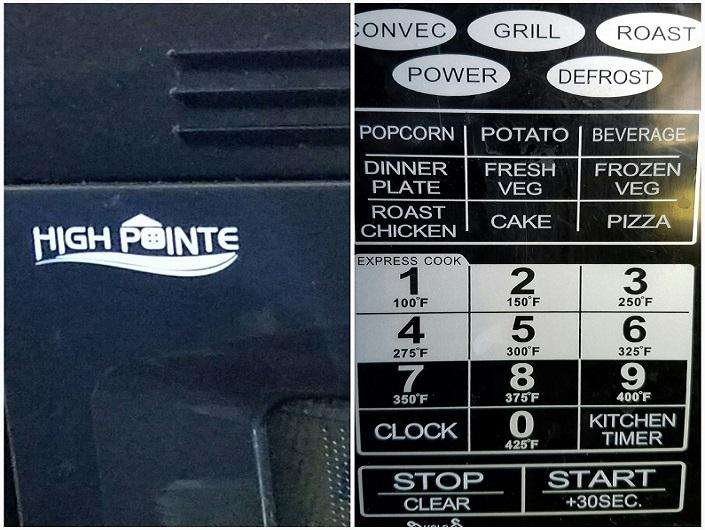Convection Oven Tips

Understanding how your convection oven works will reward you with delicious results that are easy to attain while preparing meals and snacks while on a Leisure Travel Adventure.
Want more recipes like this? Check out my Leisure Adventure cookbook at: https://smallkitchenbigflavors.blog/
The convection oven differs from a traditional oven in some great ways enabling you to produce better finished results of foods you bake or roast. A traditional oven heats food using radiant heat from above and below the food on the oven rack which can cause hot and cold spots within the foods being prepared. To compensate for this problem, we typically rotate the food in the oven periodically to even out these temperature differences.
A convection oven uses a fan to circulate the heated air in the oven so that the heat is evenly distributed, not just from above and below the food but all around which affects your baking and roasting in a positive way! No more hot and cold spots within the food being prepared, even browning and often less baking time.
In order for air to circulate in a convection oven you need to use a rack to elevate your food off the base of the oven by 2″ or more and leave a 2″ clearance between your dish and the oven walls, top, bottom and both sides. Use rimless baking sheets (cookie sheets without the lip) for baking cookies. For roasting and casseroles use pans with low sides, this will allow more hot air to circulate and often decreases the temperature required or the cooking time needed to fully bake or roast the food.
Other advantages of using a convection oven. When baking with a convection oven, pastries rise higher and produce a lighter flakier crust because the butter releases steam quicker in a convection oven. Cookies bake in 10% – 15% less time due to the hot air circulating within the oven.
Roasts brown quicker in convection sealing seared fat quickly on the roast, which creates a juicer roast and in less cooking time. Larger roasts are cook in up to 30% less time. Fruits and veggies caramelize quickly creating a crispier crust and creamier centers. You can even use your convection oven to dehydrate thin sliced fruits or jerky more quickly than an oven or a dehydrator. Nuts and grains roast more quickly also and require less stirring.
Get to know your convection oven. Look at the push button settings on the front of the appliance and how they work. The manual I have has settings for pre-heating, no pre heating, roasting, defrosting by weight, defrosting by time, multi-stage cooking, speedy cooking, auto menu cooking and a lock safety function to keep kids from opening the oven door.
Read the manual if available for the unit you have and start by using recipes you are familiar with (when you used a traditional oven).
Try reducing the cooking time or temperature setting by 25% or simply follow the guidelines in a recipe that is designed for convection ovens. The time and temperature may be exactly the same depending on what you are baking. Check the progress of the food item you are preparing periodically so that you can become familiar with how the convection oven is baking or roasting verses what you are used to with a traditional oven. Make some notes the first couple of times of the differences you noticed and adjustments made.
The baking/roasting time and temperature will vary based on the amount of food in the oven, the desired doneness and the convection model you are using. Trial a few recipes you are familiar with. Use the guidelines above and you will quickly appreciate the benefits a convection oven provides you while preparing meals on the road! You will gain confidence in using the appliance to its fullest in no time and be able enjoy the results you are able to obtain!
Bon Appetit.

Mary, VERY helpful article. I’ll admit to being a bit of a Neanderthal when it comes to cooking in general and I know nothing about using a convection oven. How crucial is to have lower profile pans/dishes, ie a dedicated set…..or does it just take more time with traditional wall heights?